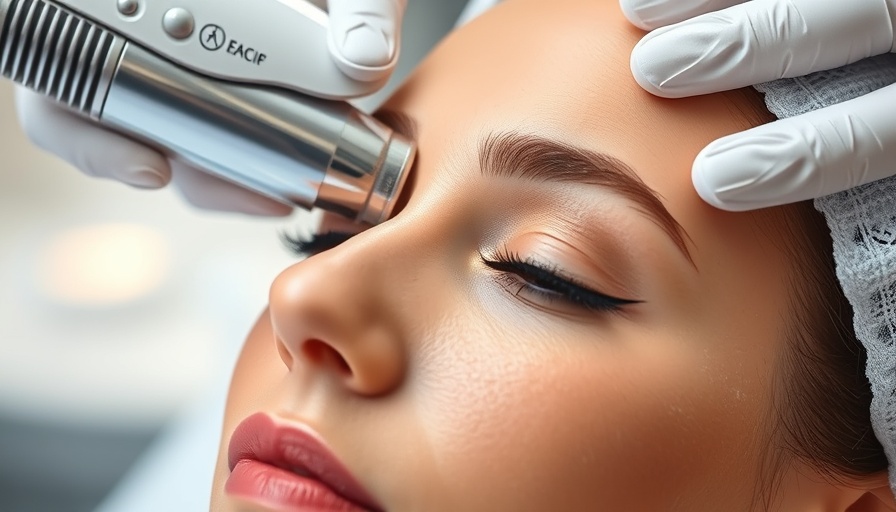
Understanding the GLP-1 Surge: Aesthetic Implications
In recent years, there has been a seismic shift in the world of medical aesthetics, driven largely by the rise of glucagon-like peptide-1 (GLP-1) agonists. These medications, originally developed for treating cardiometabolic conditions, have seen a meteoric rise, boasting a global prescription growth rate of 38% annually since 2022. The implication for the aesthetics industry is significant, as patients who have experienced weight loss through GLP-1 treatments often seek to enhance their appearance further, leading to a burgeoning demand for aesthetic services.
The Unexpected Audience: New Patients in Aesthetics
One of the most intriguing findings from the latest surveys is that 63% of patients pursuing aesthetic treatments following weight loss are newcomers to the field, showcasing a diverse clientele that previously didn't engage with aesthetic services. This demographic expansion is changing not only the market’s landscape but also the types of services patients are interested in. Many of these individuals have never considered aesthetic treatments prior to their weight loss journey, representing a opportunity that providers must be prepared to meet.
How Weight Loss Psychology Influences Aesthetic Choices
It's critical to delve into the psychological aspect of weight loss and aesthetics. Patients who have lost significant weight often grapple with various aesthetic dilemmas, such as skin laxity and loss of facial volume, often leading them to look for non-invasive treatments to complement their new physique. In fact, reports indicate that about 61% of GLP-1 patients seeking treatments lost between 11-30% of their body weight, which intensifies their desire for aesthetic enhancement. This tendency underscores a prevalent misconception that aesthetic needs solely stem from pre-existing desires; however, they are often intensified by the mental shifts associated with weight loss.
Strategies for Aesthetic Providers: Tailoring to the New Normal
As aesthetic providers seek to capture this emerging market, they must proactively adapt their services to accommodate GLP-1 patients. Understanding that these patients typically present multiple aesthetic concerns is essential. Providers should focus on creating personalized treatment plans that address skin quality, elasticity, and overall facial harmonization. Furthermore, an emphasis on multiple treatment options, both surgical and non-invasive, can appeal to this demographic’s desire for comprehensive care.
Market Opportunities and Future Insights
What's next for the aesthetics market in light of GLP-1 popularity? Market analysts forecast that the aesthetic landscape will continue to evolve as new and more sophisticated treatments emerge, reflecting both the needs of this patient population and the ongoing developments in medical technology.
In conclusion, as the demand for medical aesthetics grows, driven by GLP-1 medications, stakeholders in the field must recognize and adapt to the evolving expectations of a new patient demographic. By catering to the holistic aesthetic needs of GLP-1 patients, aesthetics providers can position themselves as leaders amid a rapidly shifting market landscape.
 Add Row
Add Row  Add
Add 




Write A Comment